In product design, the texture, tactility, and source of the material used to craft objects is just as important as its form and scale. These attributes bear the power of determining the stylistic category a design may sit under. While richly textured and brightly coloured materials dominate the locale they are placed in, matte surfaces with muted tones serve as subtle backdrops. Apart from fulfilling perceptible functions in curated settings, the materiality of objects also prompts discussions—on their heritage value, the artisanal techniques employed to craft them, and the ethics of acquiring and processing the material. In a quest to address these questions and understand materials better, French designer Frédéric Saulou initiates his projects with in-depth research of local mineral matter and examination of their relevance in the realm of art and design. He employs natural minerals such as slate and limestone to craft furniture and sculptures that are a combination of the rugged and the refined. Roughly cut stone slabs are juxtaposed against sharp-edged glass surfaces for a balanced composition. The mix of decorative and organic forms with straight and pure lines—corresponding respectively to the Middle Ages and the creative aesthetic of the 1990s—make Saulou’s creations timeless. On the one hand, their subtle form alludes to contemporary design trends and on the other, the mix of organic and chiselled entities resemble primitive monolithic structures sitting in a wild habitat.
“While randomly wandering the streets, I observed building construction and found myself eagerly interested in slate material and ornamental stones. I am interested in learning more about the post-industrial heritage of local mineral material and then, using this knowledge to build functional objects for living spaces,” contemporary designer Frédéric Saulou says. A medium-defying artist, Saulou works across creative disciplines such as product design, furniture design and interior design. Conceiving each project as a sculpture, Saulou attempts to manufacture creations that initiate interactions with the users.
The furniture designer, originally from Anjou in France, now lives and works in Rennes, Brittany. After graduating in space and environment design from the Higher Institute of Applied Arts (LISAA), as well as in object design from the European School of Fine Arts in Rennes (EESAB), Saulou briefly worked under stalwarts from the design industry before forging his path in 2013 with Frédéric Saulou Design Studio. The eponymously named studio is a multidisciplinary practice focused on research, experimentation and creative exchanges that enable the development of a sensitive approach to materials. “I want to distort, democratise and increase the value of natural minerals as a future heritage and above all as food for thought. I want to bring traditional and industrial know-how face-to-face for creative purposes, to reinterpret the material in formal and conceptual ways so as to provide it a new understanding,” the product designer asserts.
His interest in the exploration of the post-industrial heritage of local minerals led to the creation of the Domestiquer (Domesticate) project in 2015. With Domestiquer, he aims at platforming contemporary interpretations of minerals typical to the historical landscapes of France. “I explore and combine the industrial and artisanal units of production in a given region in order to design a constructive, social, and meaningful project. This gives rise to new ways of applying mineral matter and stone craftsmanship, which are constantly evolving. Through my work, I study the adaptability of hybrid objects to the domestic world fuelled by transmitting thoughts and knowledge,” he says, explaining the processes undertaken during this project. “I combine the tools of production and create parallels between the arts and the digital dimension. The result is the equation of techniques and constraints to strive for a volume created at two speeds but simultaneously, allowing for the projection of volumes to be interpreted in two ways,” he adds.
One can easily find monumental structures built using traditional materials that have withstood transitory periods of time and weather. Despite this conspicuous observation, their usage today is scant. Saulou, through the Domestiquer project aims to retain the usage of these traditional materials in contemporary creative culture and pay homage to the bygone era when limestone and schist were commonly used. Hence, Saulou also derives significant inspiration from archaic architectural sources to build carefully constructed designs with a robust presence. “My work must be timeless, like a lasting, solid construction. Through simple but constructed volumes, the immersion of material in space is pure, as if the object had always been there as if it were part of the walls,” he says.
STIR delineates the process of the designer, through curation of some of his latest collections from the ‘Domestiquer project.’
Delta Collection
Comprising chairs and tables made out of white glass and marble, the Delta Collection by Saulou plays on the dualities of the two materials. The solid and opaque marble elements, held in place with the help of white glass sheets, appear to float mid-air and demand a second look from the viewer. The tension between the colourful, dense and heavy stone and the clear, thin and light glass makes for an evocative display. Glass and marble have definitive identities and usages that exist in contradiction. Juxtaposing them against each other helps narrate the tale of the two entities. First, the mineral matter, which is a fragment of a larger landscape and hence, carries with it the history of that place, and second, the industrial materials, which are an adulterated version of naturally occurring entities, reflecting thus the scope of human innovation.
The stones used to build the chairs and tables come from remnants of semi-precious materials or disregarded architectural components. They are developed using stone, using a process developed in collaboration with Goude Glass. This technical process allows the stone to be fixed to the glass without revealing any assembly system. Saulou’s Delta tables and chairs, assembled using this advanced technique, question the impact of man-made activities on materials and the environment.
Arch Collection
The Arch Collection, sculpted out of Buffon marble limestone, comprises a series of tables that can double as stools and stands. The three pieces in the collection, namely Low Table, Side Table and Column, are each available in editions of 12. They are made out of single pieces of limestone. Soulou has designed each piece like an architectural entity, monumental in its presence. They resemble the columns that support and ornament structures. Like the Delta Collection, the pieces in the Arch Collection, too, demand a second look, to admire their form and make sense of their balance.
Stoïque Collection
The Stoïque coffee table, console and side table are all built using smoke glass, French limestone Buffon and metal. The combination of sharply cut glass, metal, and roughly chiseled limestone makes for a vivid composition. The avant-garde pieces present a duality, hinting towards roughly sculpted primitive habitats as well as minimalist trends followed in contemporary creations. One can place them in their living rooms, either as bespoke furniture or as standalone decorative objects.
Médicis Mirror
The Médicis Mirror, available in two sizes, reflects on the improvement of mirror manufacturing during the Renaissance. During this period of revival, crystals covered with tin and mercury led to the production of clear and flat mirrors. This not only served as a pivotal tool in furthering self-portraiture but also helped enhance other aspects of painting. Saulou’s Médicis Mirror carries the ornamental details of Florentine architecture and the larger form associated with contemporary design. The display of the mirror is imagined in combination with a 16th-century fireplace mantel. It has been created to function as a centrepiece that also carries the essence of the rich past. The mirror’s reflective surface serves as a metaphor for the reflection that designers across time continue to extend for creations developed before and during their time.






 Sign in with email
Sign in with email


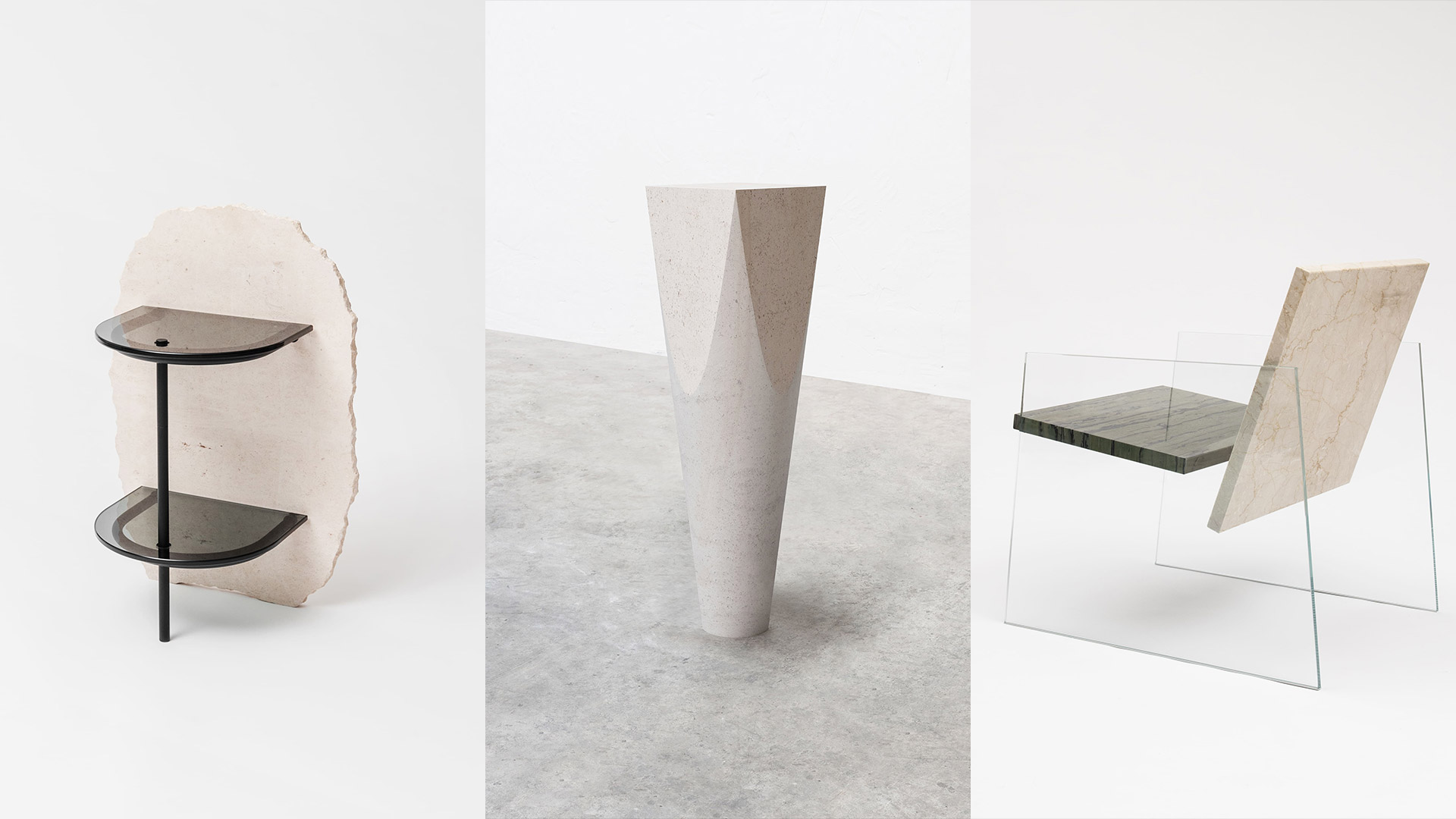
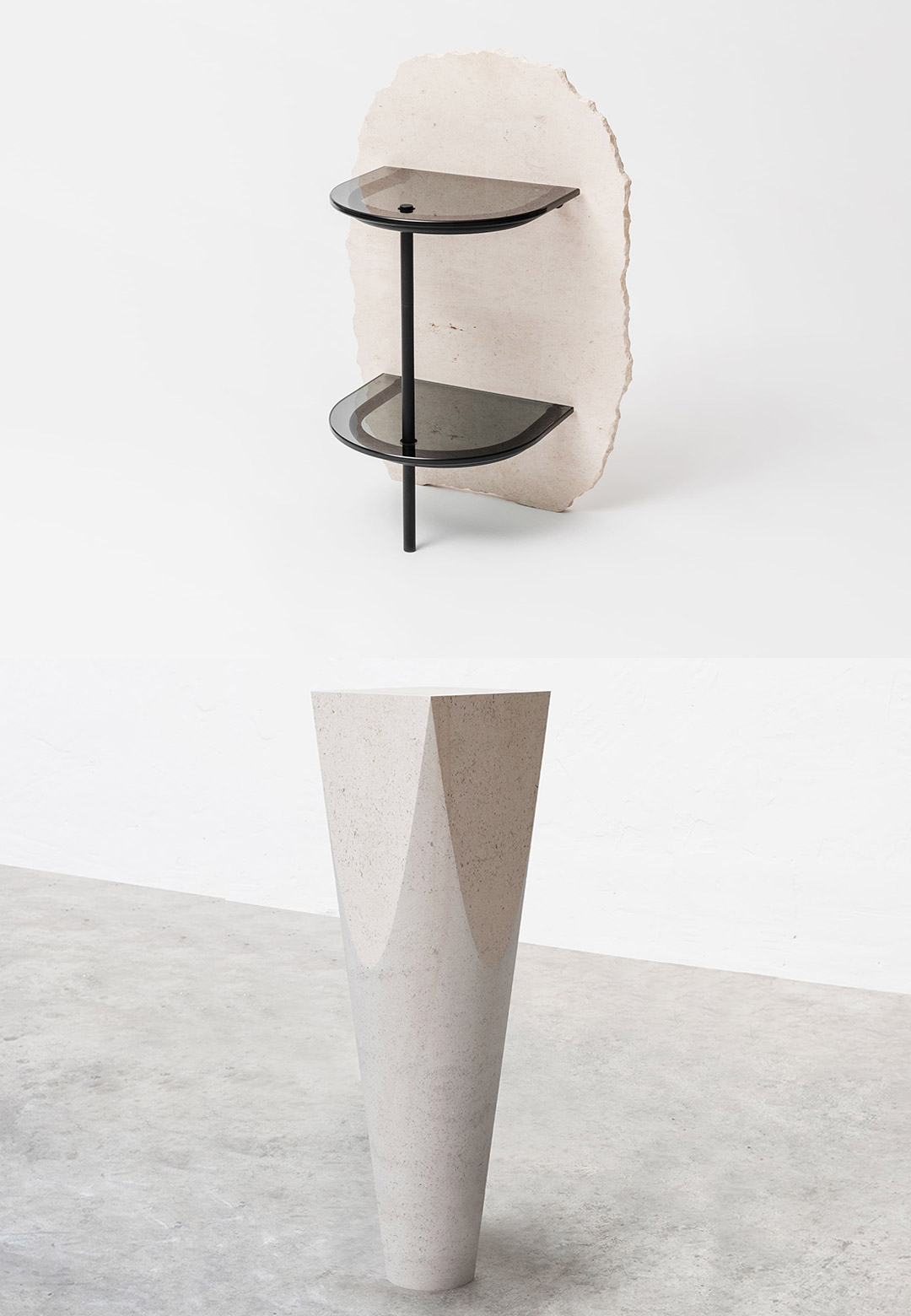
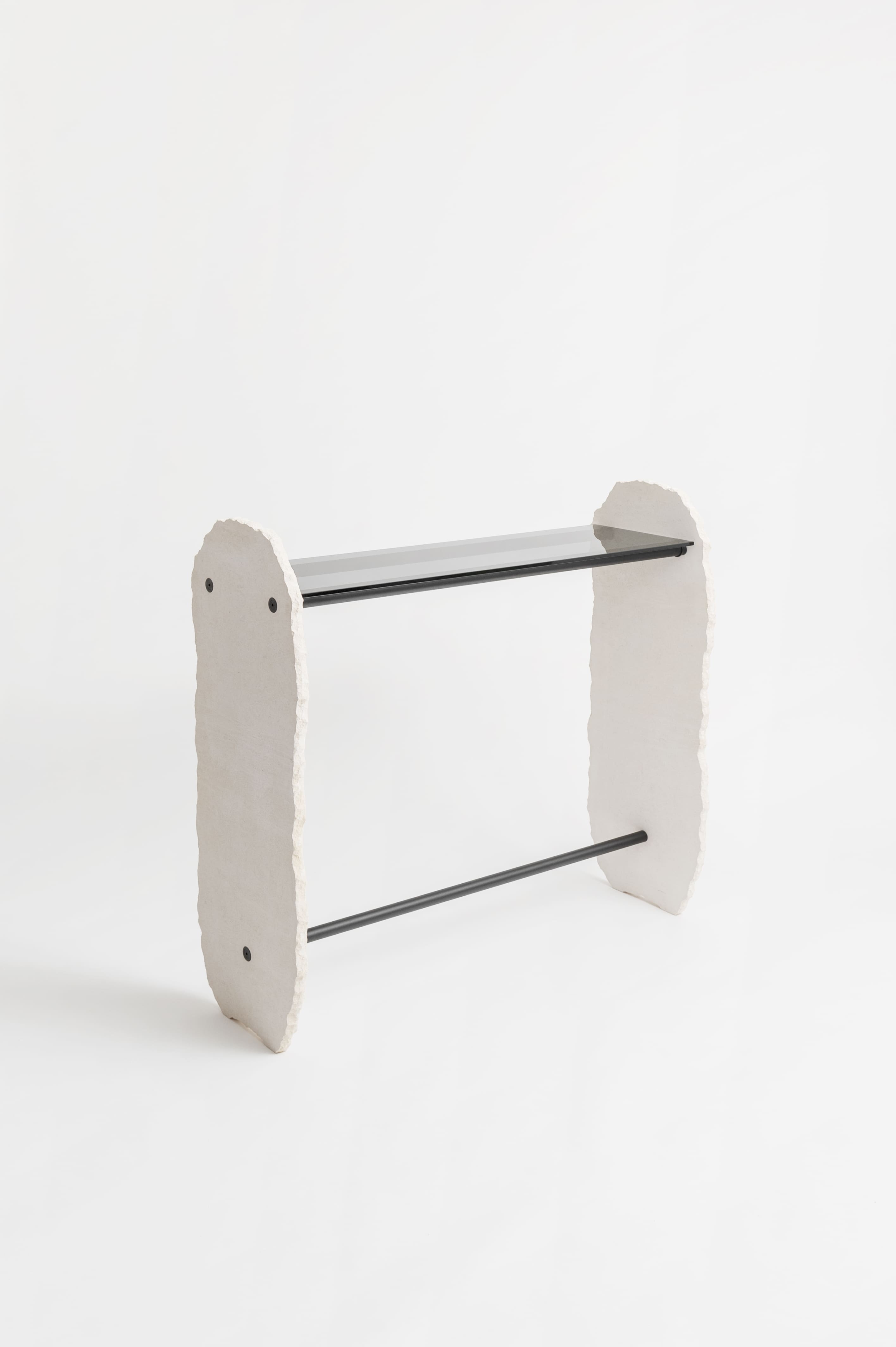
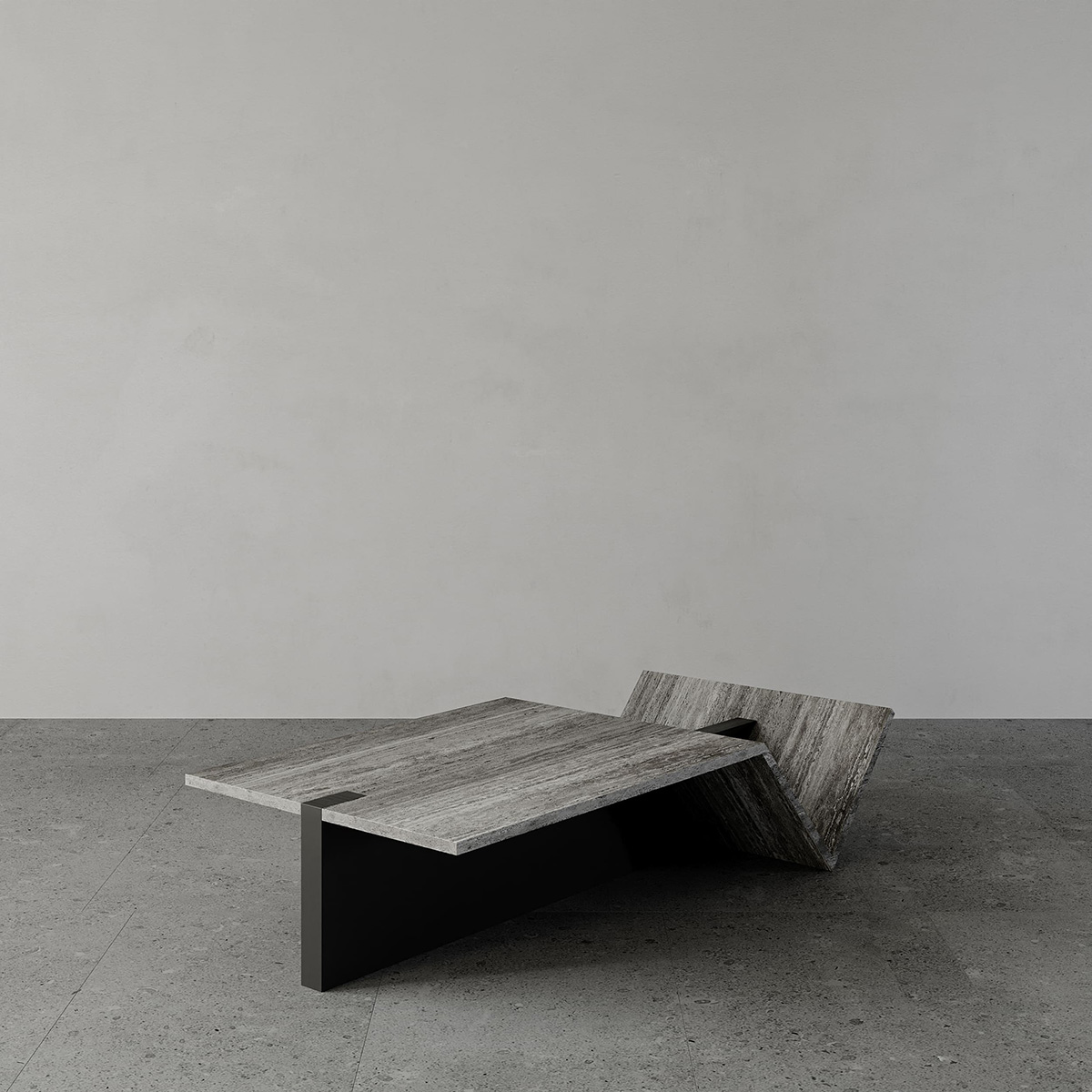
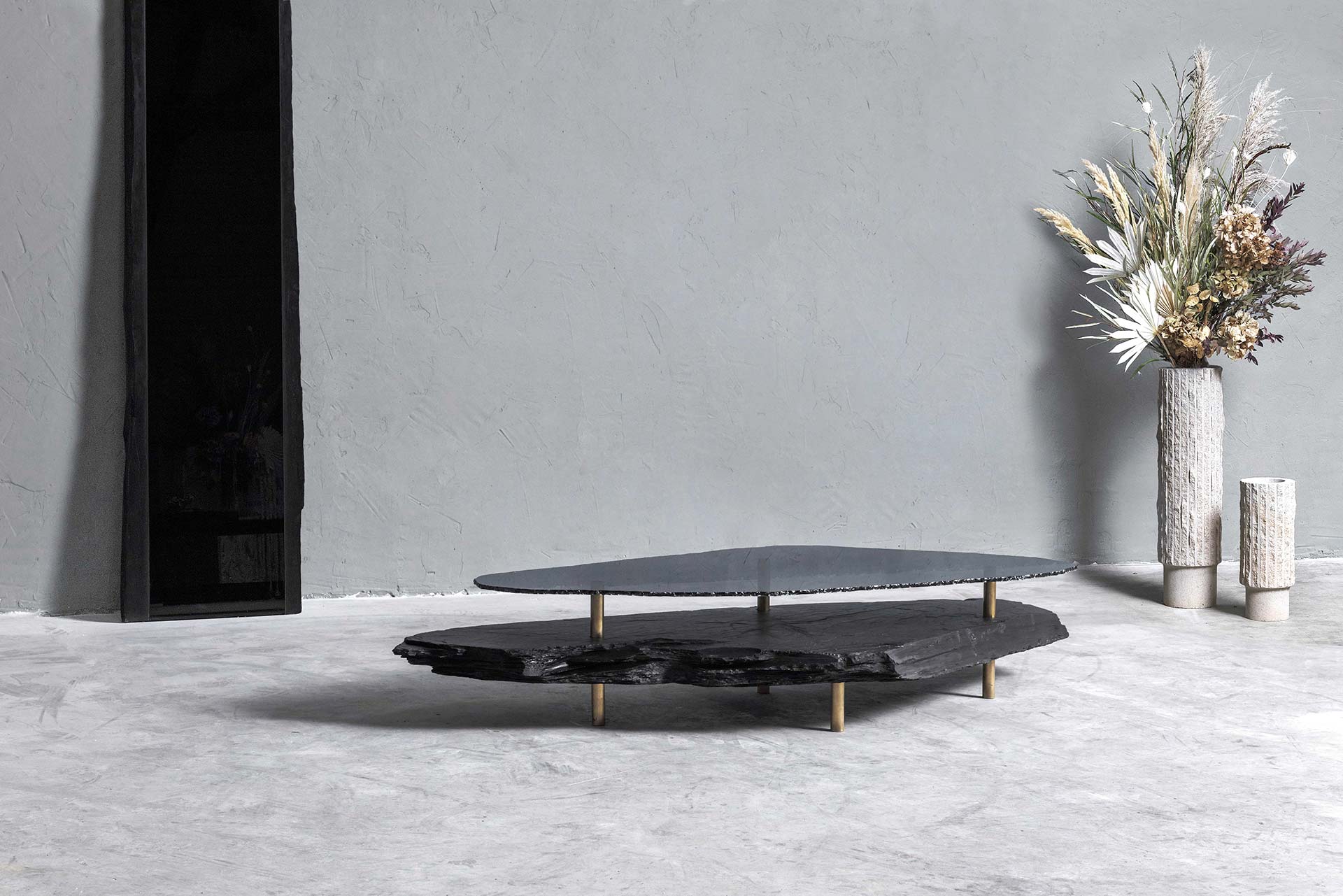
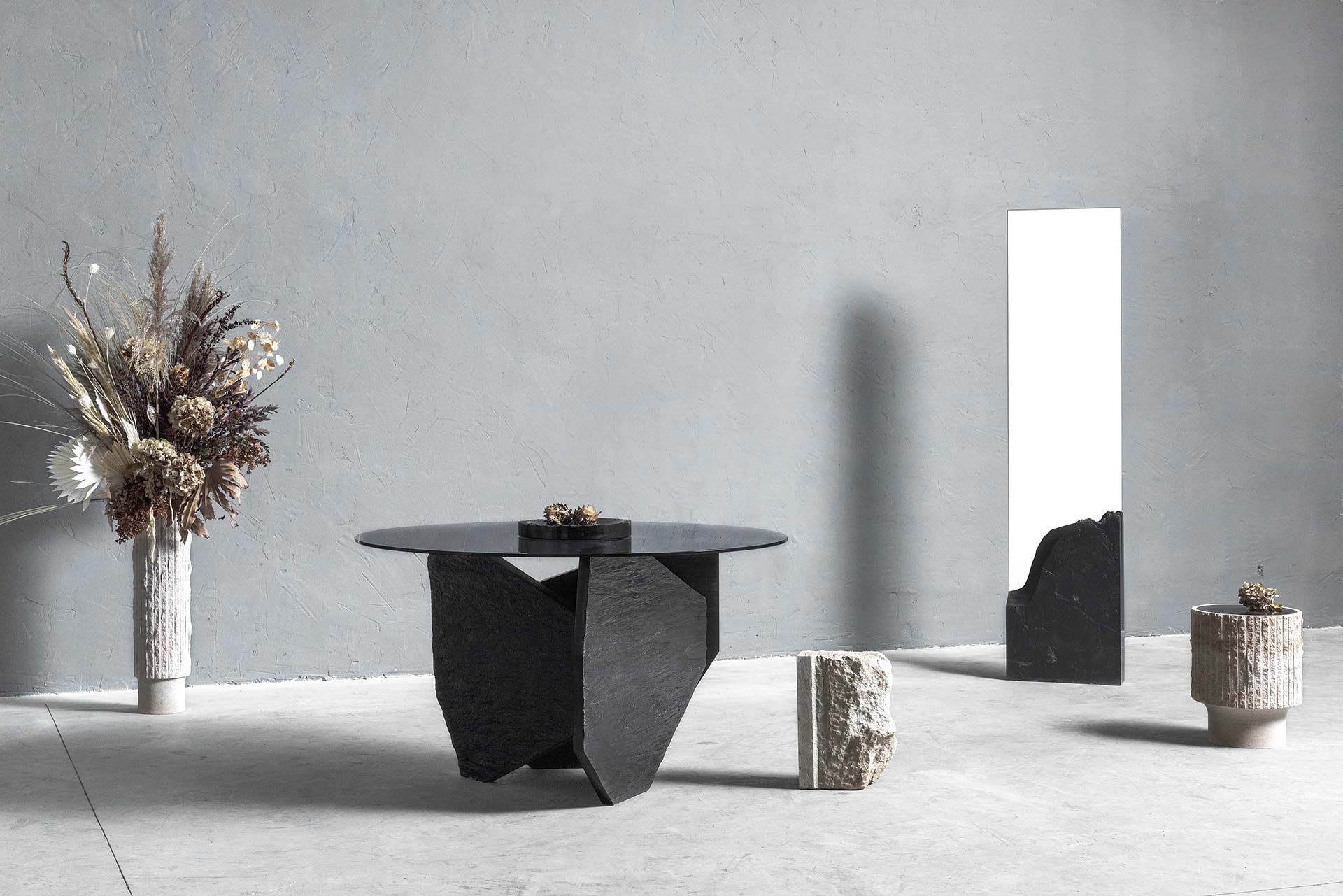
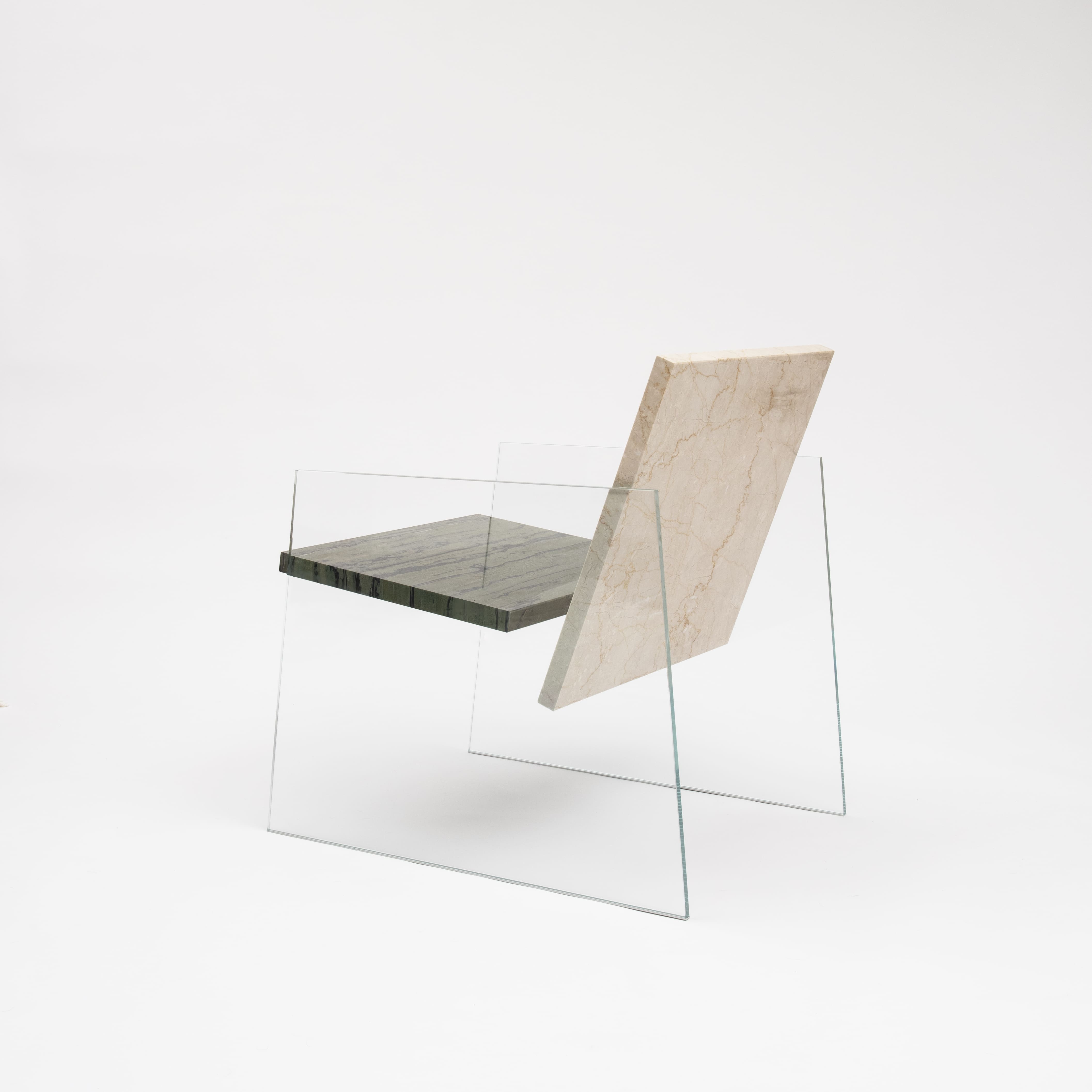
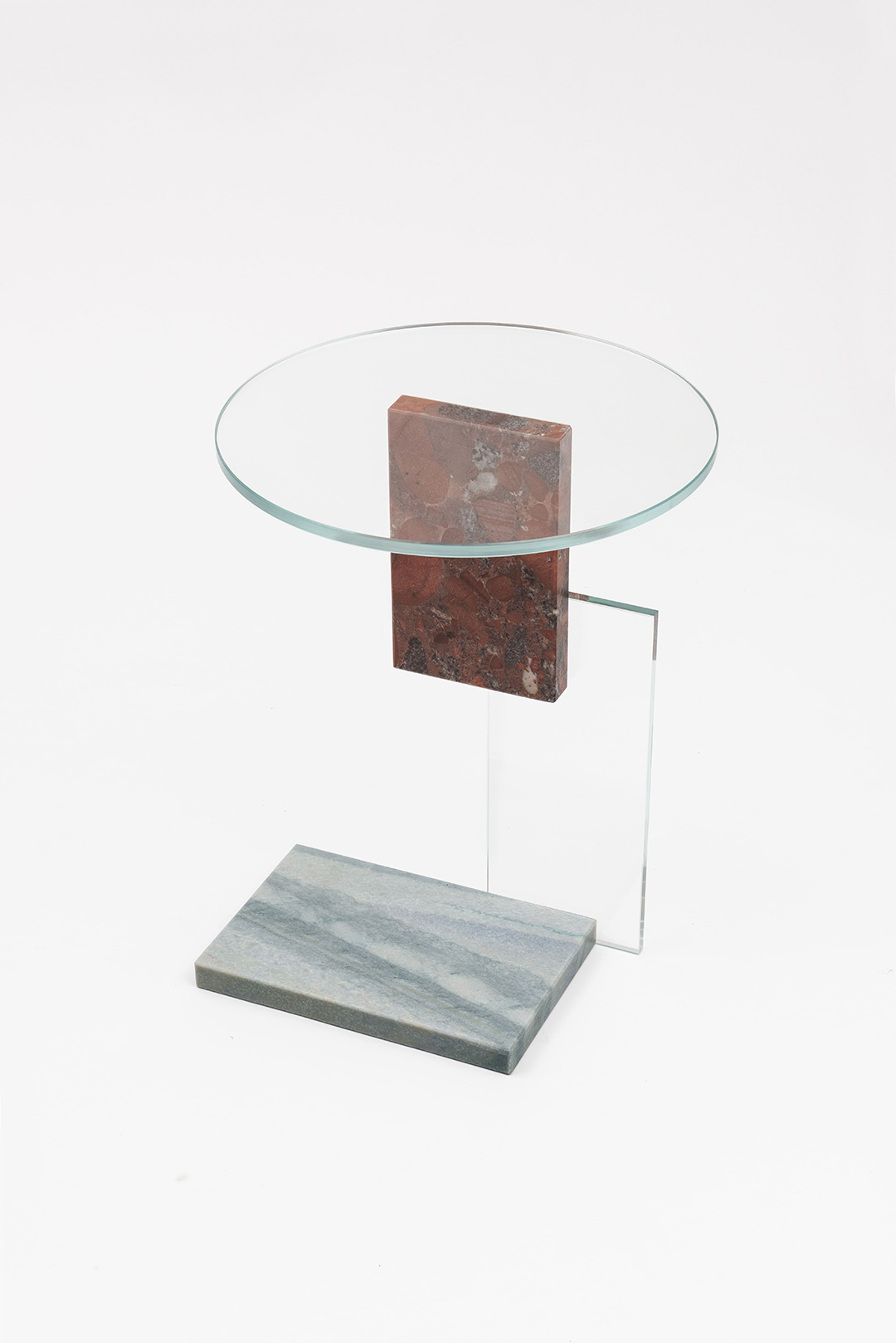
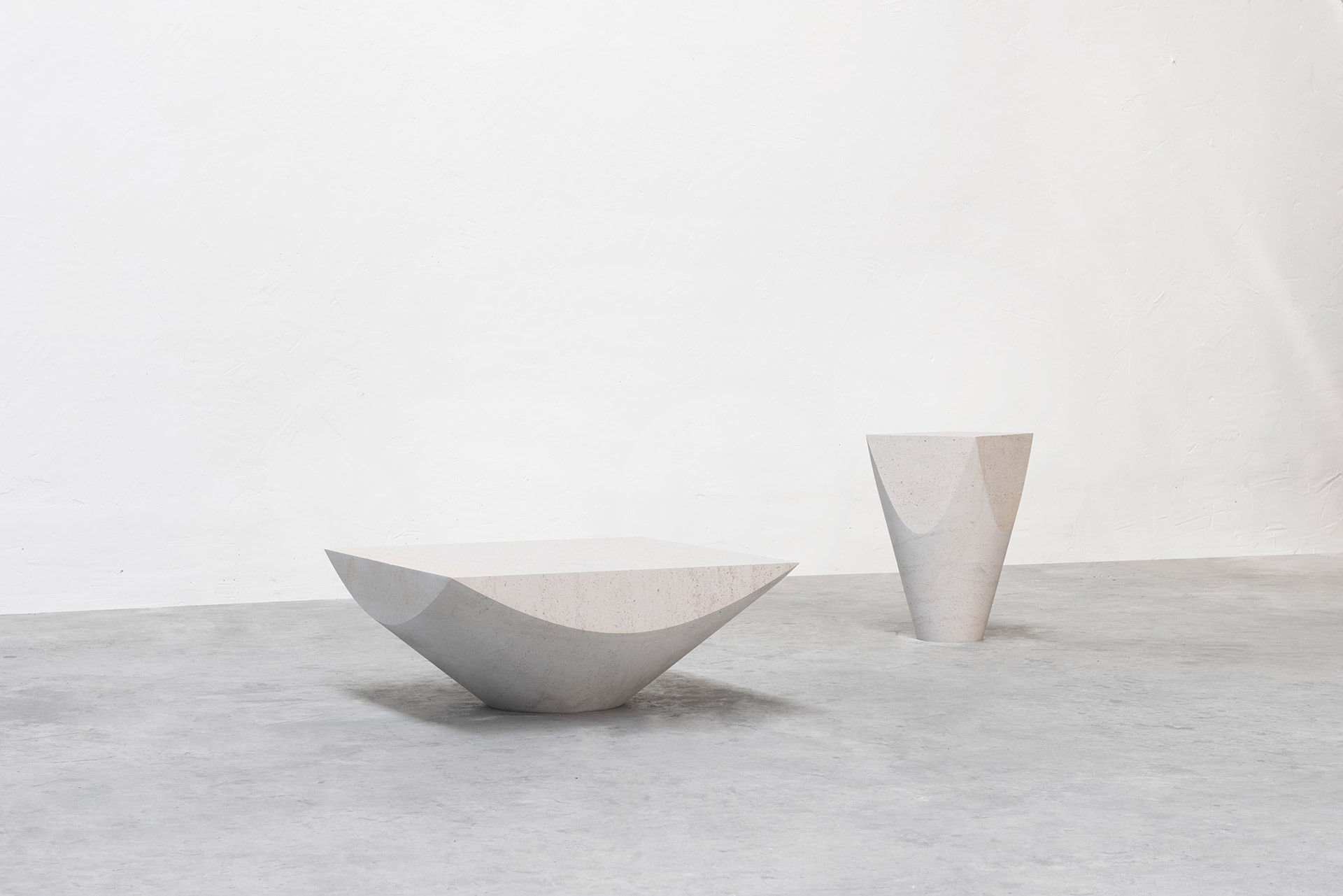
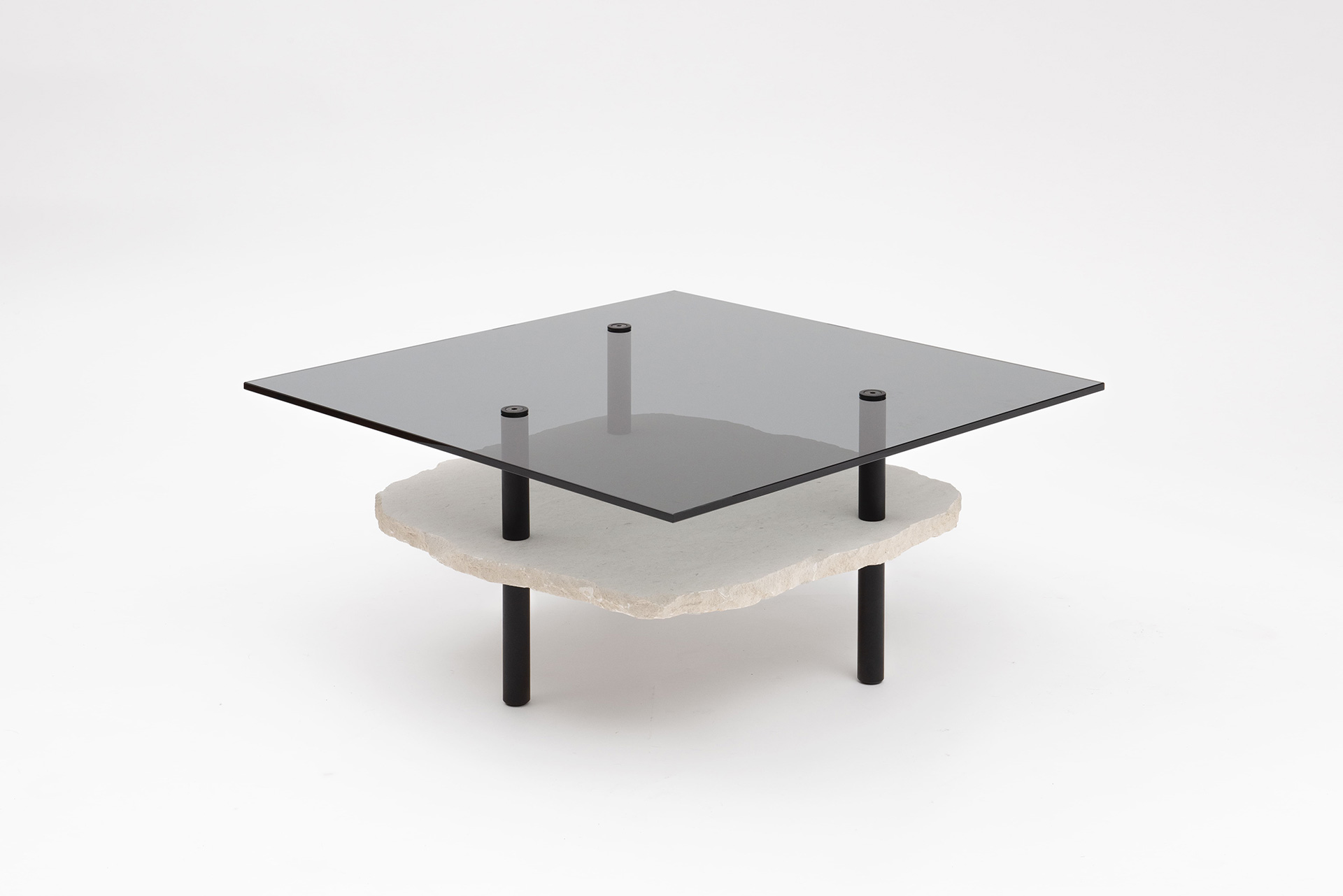
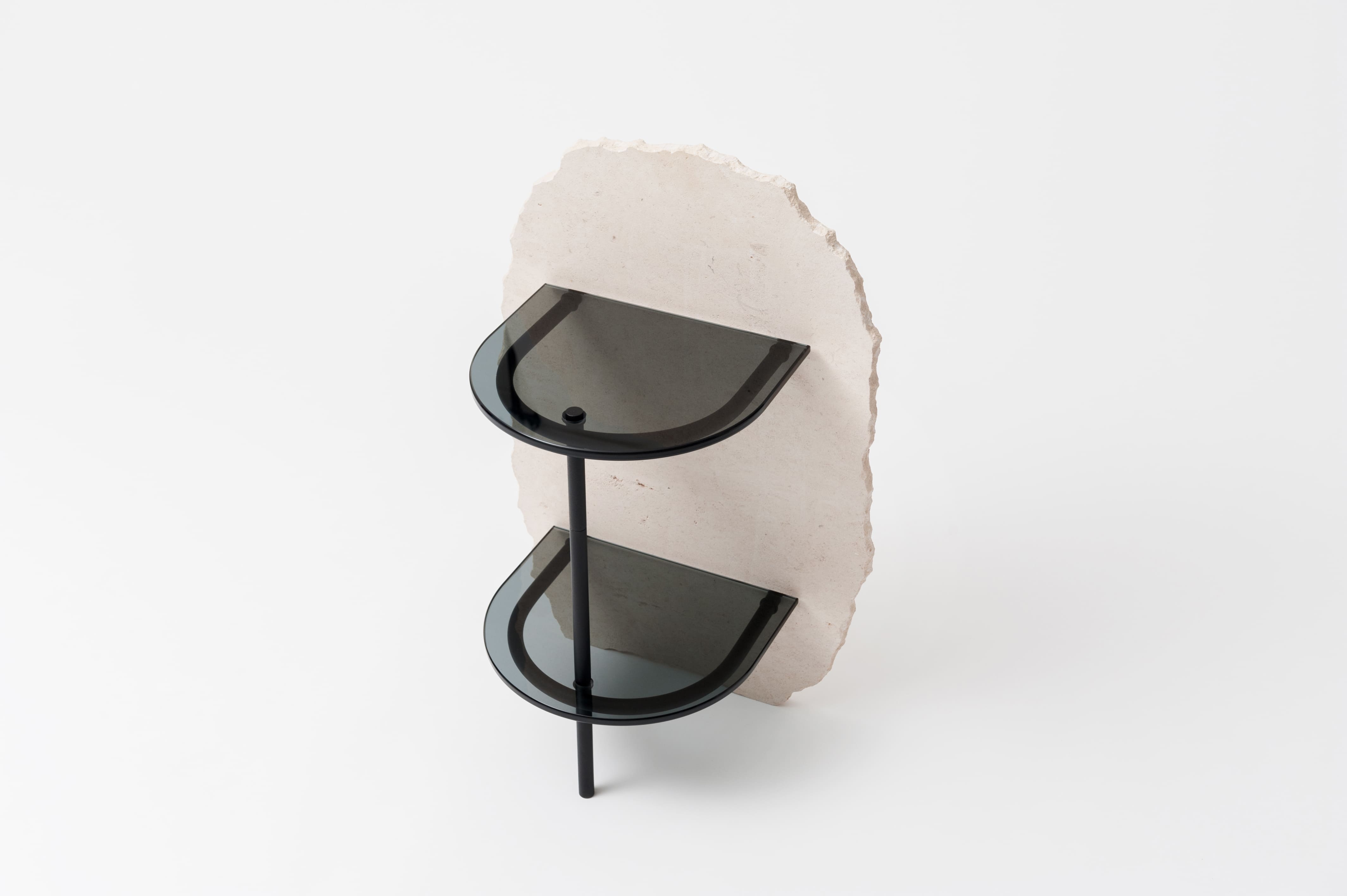
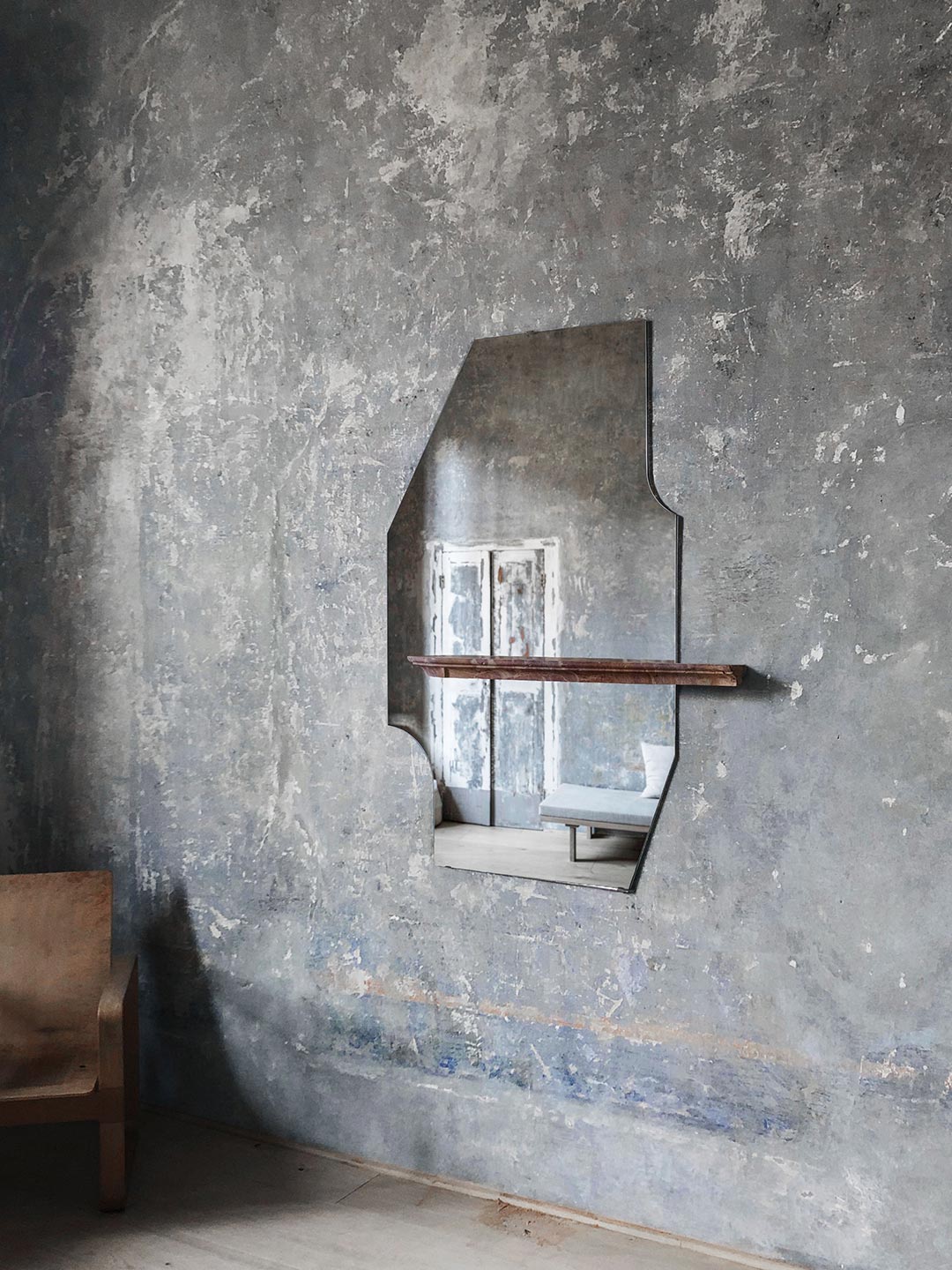
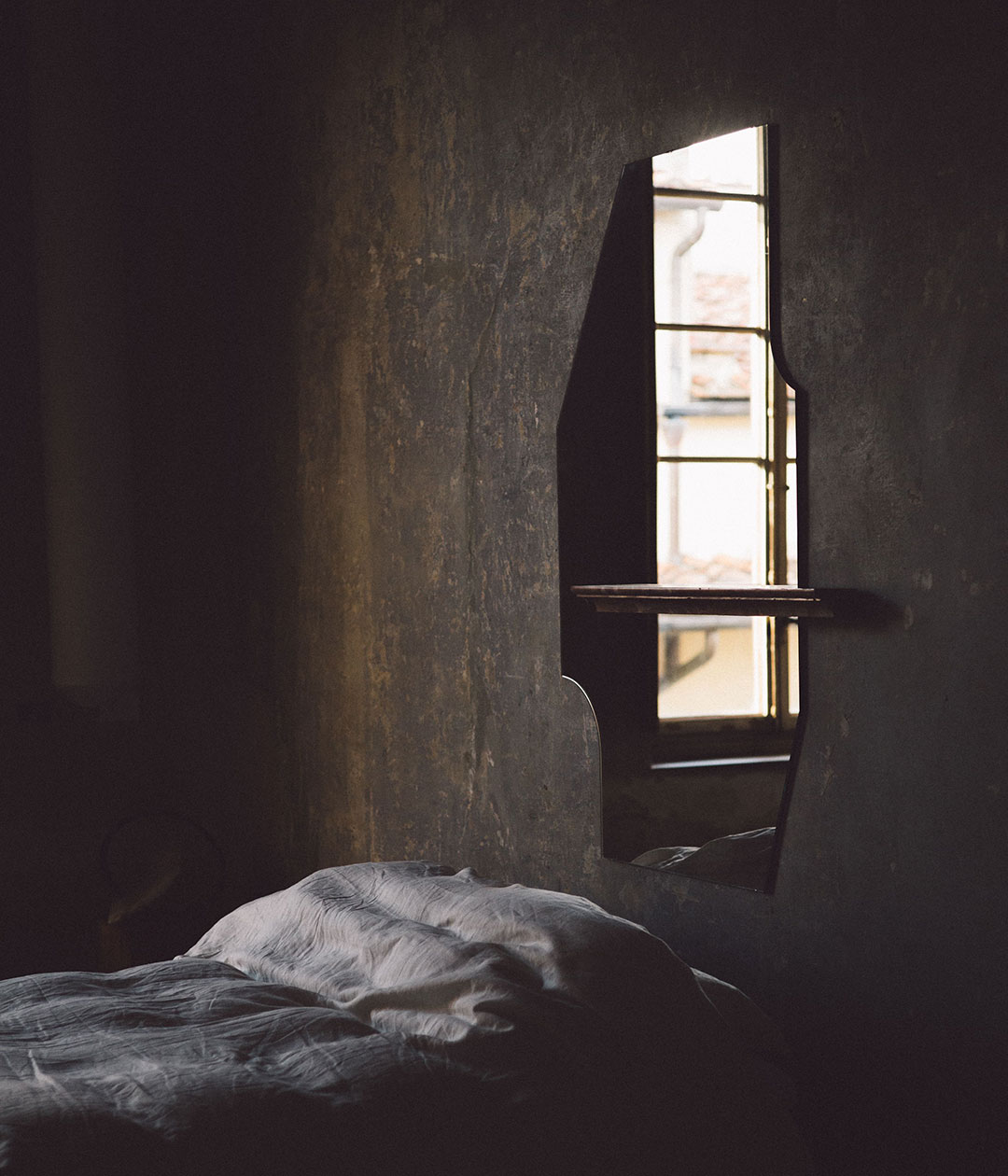




What do you think?